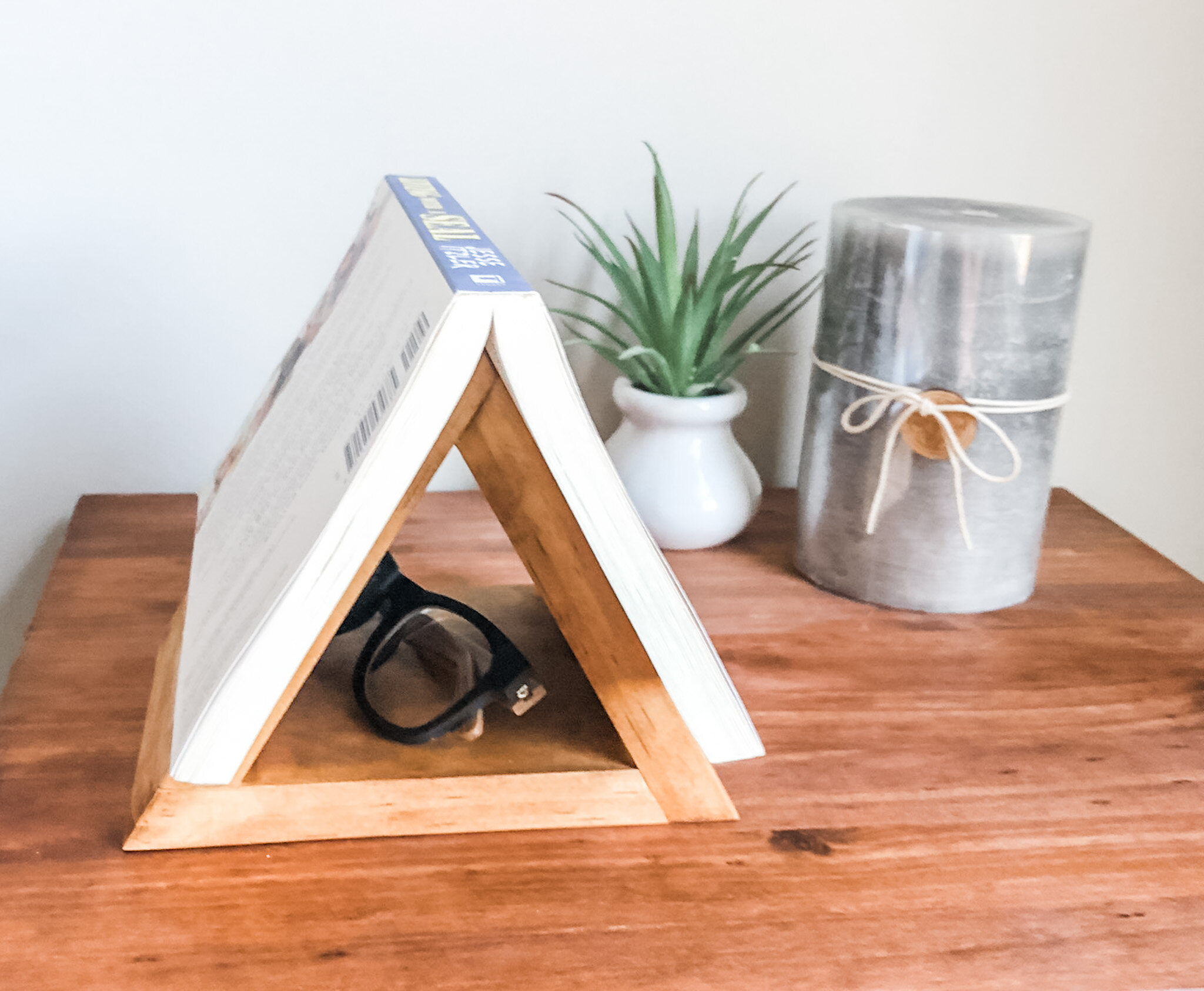Planes
Planes are fundamental woodworking tools used to smooth, flatten, and shape wood surfaces. Mastering the use of different types of planes enhances both the functionality and aesthetic of your projects.
Types and Variations
Here's a detailed look at the various types of planes used in woodworking:
Bench Planes:
Jack Plane:
Usage: A versatile plane used for general smoothing and preliminary surfacing.
How to Use: Adjust the blade to a shallow setting for fine shavings. Use steady, forward strokes, applying even pressure throughout.
Smoothing Plane:
Usage: Ideal for final finishing of wood surfaces.
How to Use: Ensure the wood surface is free from major bumps. Adjust the plane for a fine cut and use light, even strokes to achieve a smooth finish.
Jointer Plane:
Usage: Used for flattening and straightening edges over long surfaces.
How to Use: Set the plane for a moderate cut. Start with the corner of the blade and progress with overlapping strokes along the entire length of the wood.
Block Planes:
Usage: Perfect for trimming and fine fitting, especially on end grain.
How to Use: Hold the plane with one hand, use short, controlled strokes. Keep the plane at a low angle to the wood surface.
Specialty Planes:
Router Plane:
Usage: Used for cutting grooves and leveling the bottoms of recesses.
How to Use: Set the blade to the desired depth. Use both hands to guide the plane along the groove to ensure consistent depth.
Rabbet Plane:
Usage: Designed to cut rabbets (notches along the edge of the wood).
How to Use: Position the blade to match the width of the desired rabbet. Guide the plane along the edge of the wood, applying steady pressure to maintain depth and alignment.
Molding Plane:
Usage: Creates shaped profiles for decorative purposes.
How to Use: Select a molding plane with the profile that matches your design. Guide the plane along the wood, applying consistent forward pressure to form the profile.
How to Use Planes
Technique:
Use a steady grip and maintain a consistent angle relative to the wood surface.
Start with gentle strokes to establish the cutting path, then apply more pressure as needed.
Marking:
Clearly define the area to be planed. Use pencils or marking knives for precise lines.
Support:
Secure the workpiece firmly to prevent movement while planing.
Tips for Precision:
Keep the plane blades sharp for efficient and clean cuts.
Regularly check the sole of the plane for flatness; a warped sole can affect the quality of your work.
Use a honing guide to maintain consistent angles on blades during sharpening.
Maintenance and Care
Sharpening:
Use a honing stone to keep the blade edge sharp. Follow the manufacturer's guidelines for angle and technique.
Storage:
Store planes in a dry environment to prevent rust. Consider hanging them on a rack or storing them in a drawer with a protective lining.
Cleaning:
Clean the body and components of the plane after each use. Apply a light coat of oil to metal parts to inhibit rust.
Common Projects and Applications
Surfacing Wood:
Creating smooth, flat surfaces for joinery and finishing.
Edge Work:
Straightening and squaring edges for precise fits.
Decorative Shaping:
Adding ornamental touches to woodwork, such as beading or custom profiles.
Safety Tips
Always use planes in the direction of the grain to avoid tearing the wood.
Keep your hands behind the cutting area to prevent injuries.
Purchasing Recommendations
Blade Quality:
Choose planes with high-quality steel blades for longevity and better performance.
Adjustability:
Look for planes with easily adjustable blades to accommodate different types of cuts.
Ergonomics:
Select planes with comfortable handles and good balance to reduce fatigue during use.
Understanding and utilizing various types of woodworking planes can significantly enhance the quality of your projects. By choosing the right plane for the task, maintaining your tools, and applying proper techniques, you can achieve professional results in your woodworking endeavors.




Step by step instructions for building a continuous grain wine box!